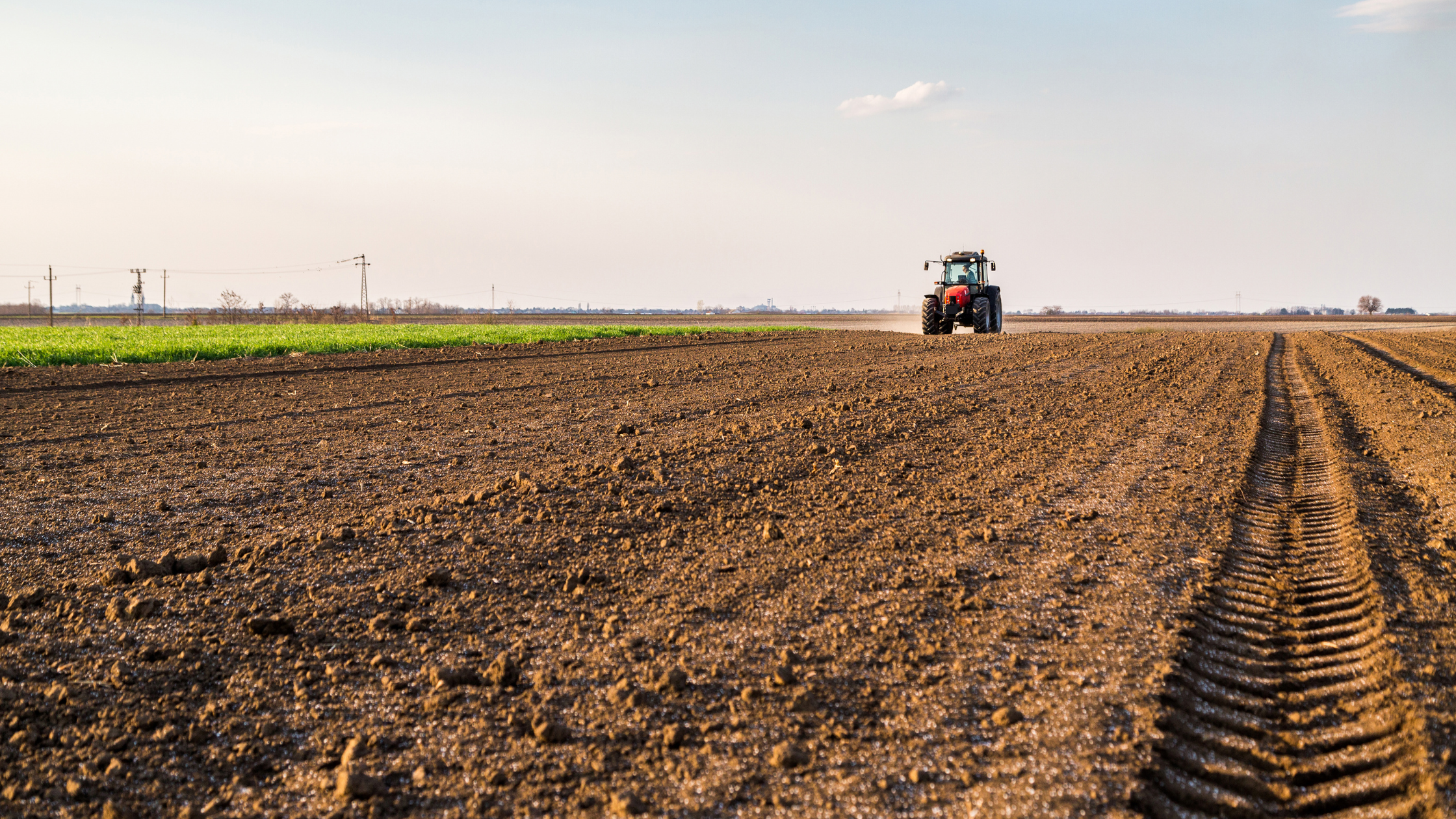
Nitrogen pollution in food production can be halved: report
What’s happening? Nitrogen pollution from agriculture and the food system could be halved in the EU by a combination of measures, including reducing fertiliser use, food waste, and consumption of meat and dairy, according to a UN-commissioned report. The analysis points out that while nitrogen is essential for plant growth, excessive and inefficient use of the nutrient means as much as 80% of it enters the environment, mostly in polluting forms. These include the greenhouse gas nitrous oxide, nitrate that pollutes water, and the air pollutants ammonia and nitrogen oxides. The report adds that nitrogen use efficiency (NUE) in the EU is just 18% due to inefficiencies in farm, wastewater and retail practices. (UK Centre for Ecology & Hydrology)
Why does this matter? Nitrous oxide (N2O) – the third most important greenhouse gas (GHG) after CO2 and methane – accounts for around 6% of GHG emissions, with around 75% coming from agriculture. The gas is three times more potent than CO2 for warming the atmosphere and takes an average of 114 years to break down. It also damages the ozone layer, which protects the planet from harmful UV-B radiation from the sun. More broadly, food systems are responsible for a third of global GHG emissions.
Reducing N2O waste – The report assessed 144 scenarios and found that improved farm and food chain management, coupled with halving meat and dairy consumption – known as a “demitarian” diet – and cutting excess intake of proteins and energy, scored most highly for slashing nitrogen waste by 50% by 2030. Not only would this provide environmental benefits, but it would also deliver positive health outcomes such as reduced risk of obesity, hypertension, cancer and cardiovascular disease, among other conditions.
Improving NEU – The report points out that current technologies have the potential to substantially improve NEU. For example, NUE for arable systems could be improved by up to 92%, and an 80% improvement could also be achieved for pig and poultry farming, while cattle and sheep farming could be improved by between 55% and 61%. Future technologies, including precision and digital farming, could further improve NUE. Just 55% of food sold by farmers in the EU is consumed by humans, which the report says leaves considerable scope to improve the NUE of the entire food system. This could be achieved if the EU meets the SDG 12.3 target of halving food waste by 2030 and by improving wastewater treatment with an emphasis on nutrient recovery, allowing nutrients to be recycled and reused on fields.
Shifting production volumes – Another point made by the report is that legumes, such as soy, peas, lentils and chickpeas, have substantially higher NUEs while providing a sustainable and healthy alternative to animal proteins. However, in the EU, just 1.5% of arable land area is used to cultivate legumes, compared to 14.5% worldwide. Therefore, increasing the share of legumes in food production should be part of a food system policy. Agroecological, urban and high-tech food production systems, such as vertical or indoor farming, could also support the transition to a more sustainable food system.
The future of food – Novel and future foods, such as cultured meat and precision fermentation, could also help enable a shift away from animal-based diets. However, the report notes that challenges remain around high-energy requirements for their production, which presents a medium to long-term technological risk as further breakthroughs are needed. In addition to cultured meat, farmed insects and seafood, fungi and microalgae all have the potential to support human diets, while taking up less land and producing less GHG emissions than animal-based foods, although technological, legislative, economic and socio-cultural barriers will need to be addressed for uptake to become widespread.
COP progress – Food was also on the table at COP28 in Dubai, where a declaration on sustainable agriculture was signed by 160 countries, recognising the impact that food systems have on climate change. Whilst not legally binding, the signatories agreed to integrate agriculture and food systems into their national climate plans to shore up sustainable food security while also protecting nature and the environment.


